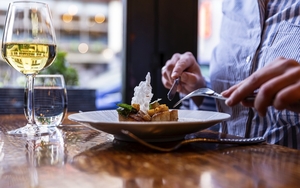Neil Sowerby enjoys the many fruits of Marseille
From Notre-Dame-de-la-Garde the whole of Marseille is spread out dazzlingly before us. France’s second city is larger in area than Paris and all of it can be seen from the basilica perched on a 162m high peak and crowned with its gilded statue of the Virgin clutching the Christ Child.
Think beacon, both spiritual and practical. An assertion of the Catholic faith in a melting pot port, rife with temptations; yet also a landmark to steer by after a long and perhaps dangerous sea crossing.
a showcase for an English chef in love with Southern French ingredients and a Canadian sommelier evangelising for natural wine
There has been a church on the site since the 13th century. Its present incarnation dates back to 1864 and it still bears scars of wartime strafing, when whole tranches of the city below were obliterated.
Still, salvation comes in many forms. The Byzantine-esque interior is jammed with votive offerings seeking Mary’s protection. Among the most poignant are the model boats and planes dangling from the ornate ceilings. This is a city of arrivals and departures.


Like so many visitors before us, we’ve taken the bus up to get our bearings and will walk down to the heart of Marseille, the Vieux Port, the noontide heat bouncing off the cracked steps.
Out at sea is that other Marseille landmark, the Château d’If, island prison made legendary by Alexandre Dumas in his novel, The Count of Monte Cristo. The sheer scale of Marseille – it’s initially daunting.
Not daunting in the sense of the old town’s past reputation for violence, crime and sin. Take this 1929 advice from popular travel writer Basil Woon: “It is not wise to venture into this district at night unless dressed like a stevedore and well armed. Thieves, cut-throats and other undesirables throng the narrow alleyways and sisters of scarlet sit in the doorways of their places of business, catching you by the sleeve as you pass by. The dregs of the world are here unsifted.”
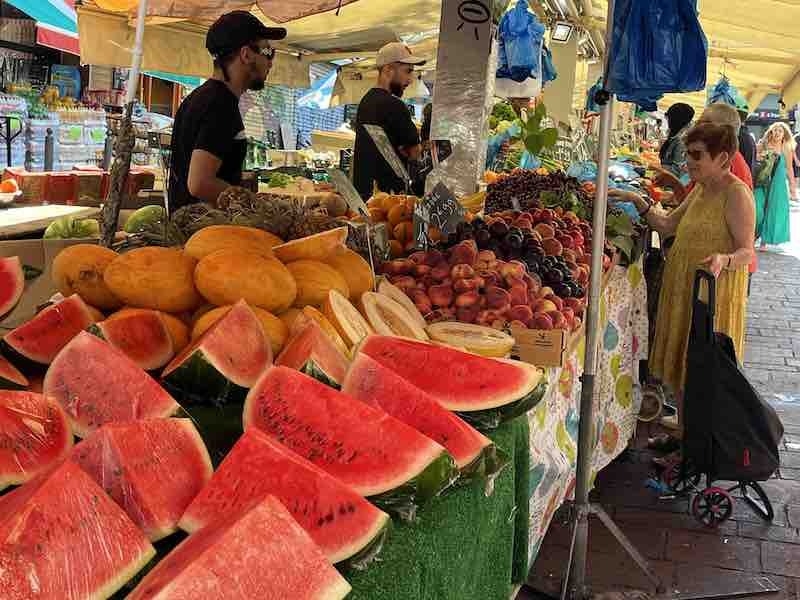
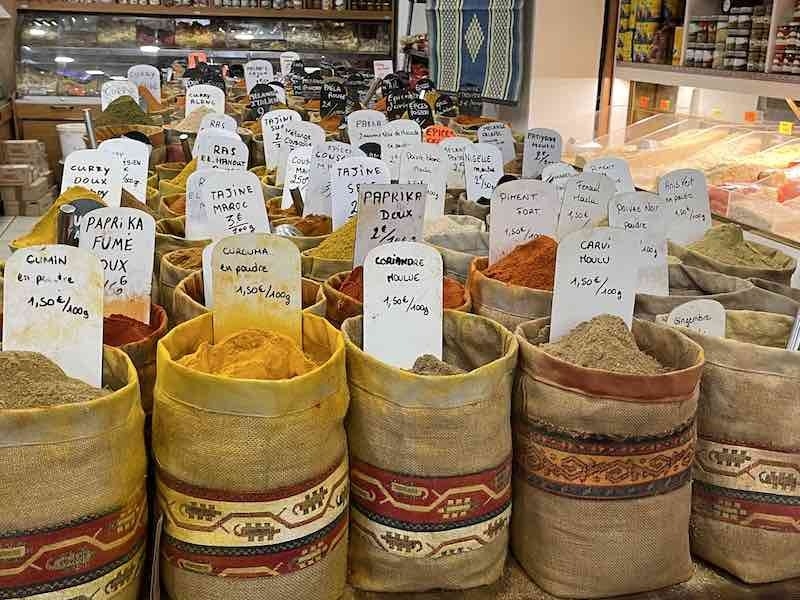
Our bolthole in Noailles
I suspect Basil was referring to the likes of Noailles back in the day. In 2022 it is a tourist destination, colourful and diverse, home to the Marché des Capucins street market and heady spice bazaars such as Saladin along the Rue Longue de Capucins. You can see how the district gained the soubriquet "Belly of Marseille".
Just a 10-minute stroll away are the marina, ferry terminals and daily fish stalls that constitute the Vieux Port. En route lies our handily placed hotel base, the Maison Saint-Louis.

The straightest way from the thronged quaysides is via the Rue Pavillion, more Istanbul than Marseille with its plethora of kebab houses. Cross the Rue de Rome tramline and the Belle Epoque frontage of the Maison leaps out at you.
Once part of a "Grand Hotel", after a recent renovation, the selling point is bargain boutique. Yet its ground floor bar/bistro remains old school, even down to the odd rickety chair – the place to drop in for a caffeine shot or restorative pastis. A few outside tables are perfect for people watching over the pedestrianised Cours St Louis.


The neighbouring Maison Empereur homeware store, founded in 1827, oozes heritage, even if the strict one-way system through its comprehensive gadget stock is IKEA-like.
More charming is the herbal chemist's shop around the corner in the Rue Meolan, La Pharmacie du Père Blaize (1815). It’s only a short walk to the Musée Cantini on Rue Grignard, where the former HQ of a 19th-century African trading company is the most under-the-radar modern art museum you’ll find despite its collection featuring Max Ernst, Miró, Picasso, Matisse and Francis Bacon.
What blew me away, though, was its comprehensive retrospective (Eye of the Labyrinth, on until November) of an artist I’d never encountered. Maria Helena Vieira da Silva (1908-1992) was a French-Portuguese abstract painter, proponent of "Art Informel". Her blurring the lines between representation and abstraction is mind-blowing.

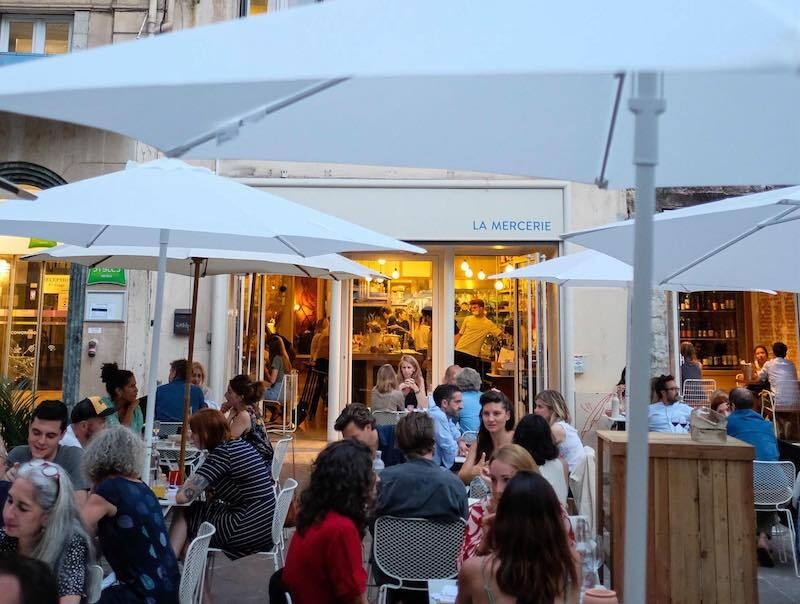

Provencal specialities in the heart of Marseille
Cheek by jowl (or as the French have it joue contre joue) with such living Noailles history is inevitable gentrification (stripped brick walls, stressed wood etc) notably at L’Epicerie Ideal, a chic take on a Provencal traiteur/cafe, and in the Cours St Louis stunning casual restaurant La Mercerie.
The former haberdashery is a showcase for an English chef in love with Southern French ingredients and a Canadian sommelier evangelising for natural wine.
Harry Cummins cut his culinary teeth working for French exile in London Anthony Demetre at Arbutus and Wild Honey. The Frenchie in Paris followed, acclaimed pop-ups, a switch to Arles, then casting his anchor in Marseille with Laura Vidal organising the wine list.
An ethereal red, Mataburro Idoine from the Roussillon, was a dream partner for a glorious 38 euros lunch that featured a chilled courgette soup, lamb and a roast peach with sheep’s milk yoghurt.
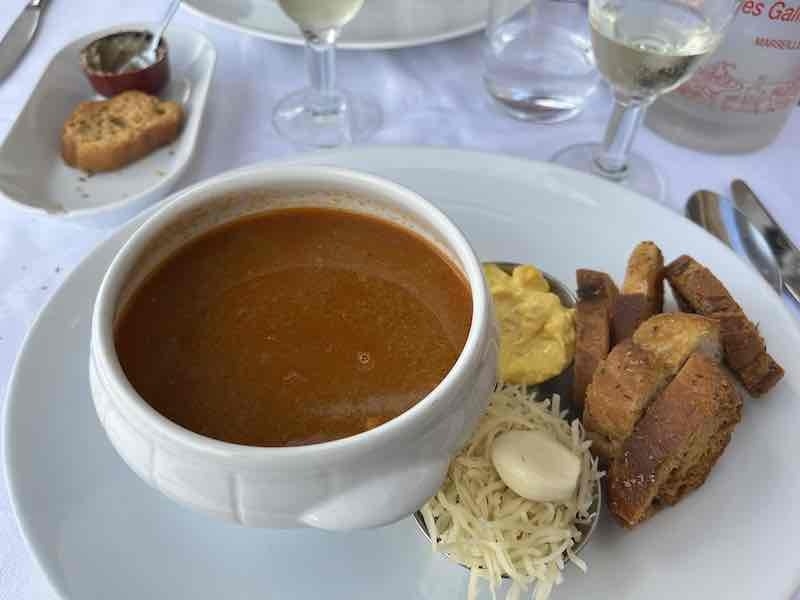
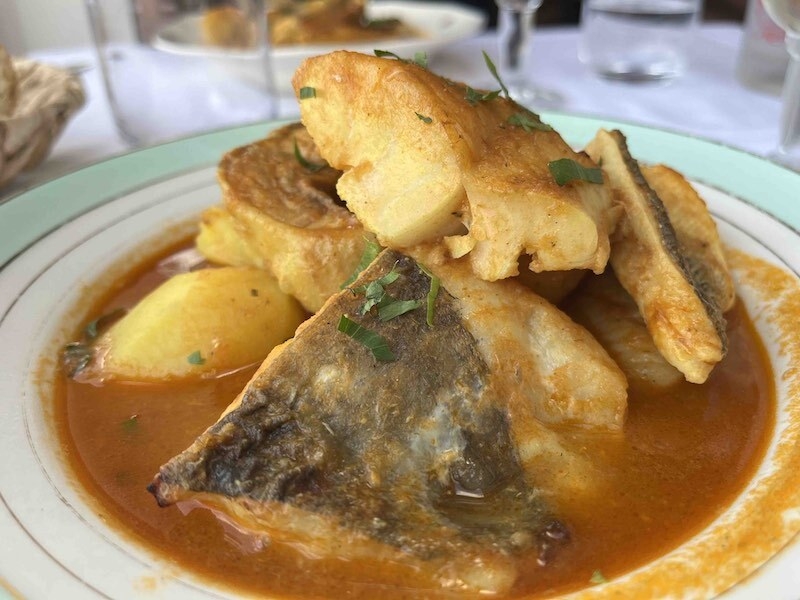
Next door is a Mercerie spin-off, Pétrin Couchette, a bread shop and terrace offering sourdough, speciality coffee, cakes and sandwiches.
We had already sampled the city’s signature dish, bouillabaisse, the previous evening at Chez Madie les Galinettes, one of the few restaurants along the Quai du Port still devoted to authentic Provencal cuisine, with a wine list to match.
We shared a viscous white from Cassis along the Massif de Calanque coast to accompany the bouillabaisse that came, according to tradition, in two parts – first, a spicy dense fish soup with aioli and cheese, then a saffrony stew of fish chunks and potatoes.
Madie’s version is 20€ a head cheaper than that served at the higher profile Miramar back along the Quai du Port; both versions are a far remove from the thin bony broth we recall from student budget trips to Marseille. When the Brits called it Marseilles.
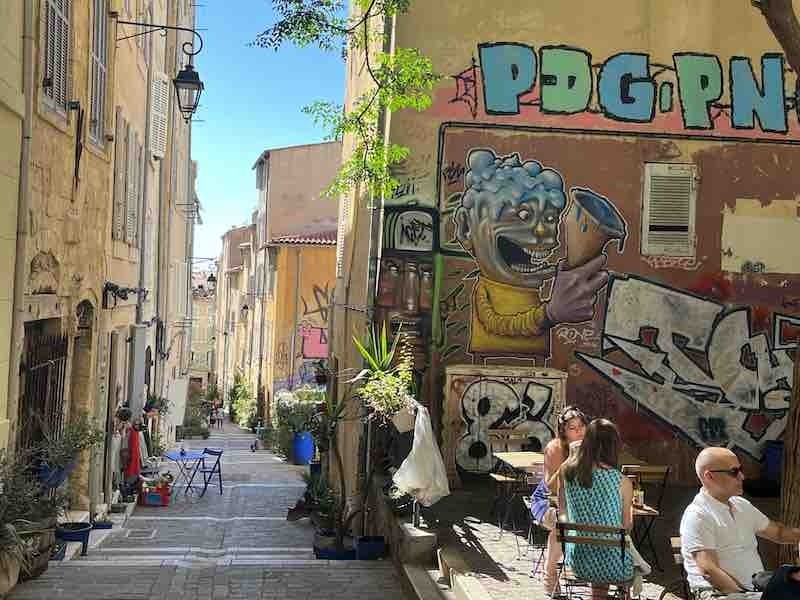

Straying further afield – head for the islands
Beyond the food scene, there’s so much to explore. A must is to acquire a Marseille City Pass. Travel east on the tram to experience the Cité Radieuse, modernist architect Le Corbusier’s "unité d’habitation" (housing block unit) or, in the opposite direction, take a train or boat to L’Estaque, the fishing village turned industrial suburb that inspired Cézanne, Braque and Dufy.
Since time was short (and Noailles had set the template) we concentrated our attention on hipper central neighbourhoods such as Le Panier and St Victor. But first we couldn’t resist one wilder expedition, a 20-minute ferry trip out to the Frioul archipelago.
Four islands. One, If, sucking in 100,000 visitors a year to its notorious Château; the other three, Pomègues, Ratonneau and Tiboulen, linked into a continuous limestone landmass, home to wildflowers, yellow-legged gulls and dramatic seascapes.
Arrival point Port du Frioul’s promenade of cafes can get rammed at weekends. We caught a weekday breakfast boat across and within 10 minutes had beautiful, protected Pomègues to ourselves. I’d recommend the easy 45-minute trail to the desolate Fort de Caveaux, annexed by the Nazis to form part of their Südwall Mediterranean defences.
A reminder of a turbulent past so at odds with the Zenlike allure of Pomègues today.
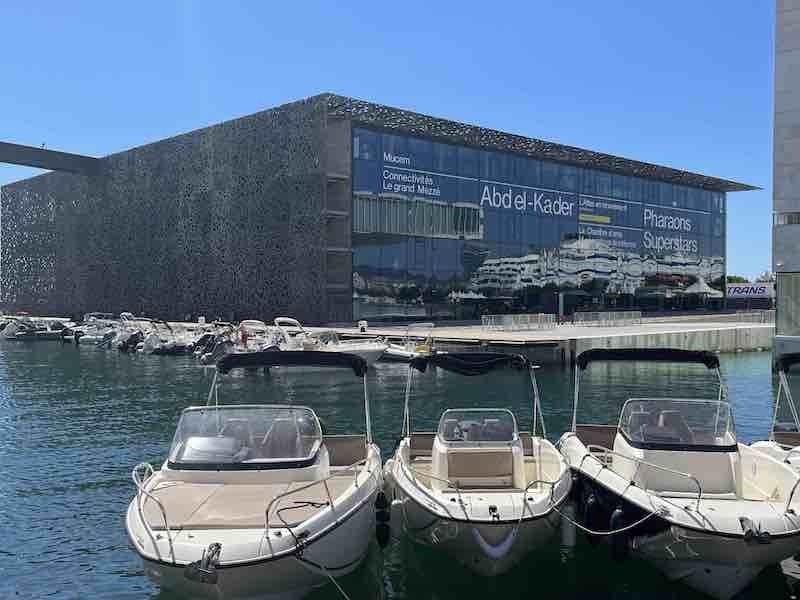
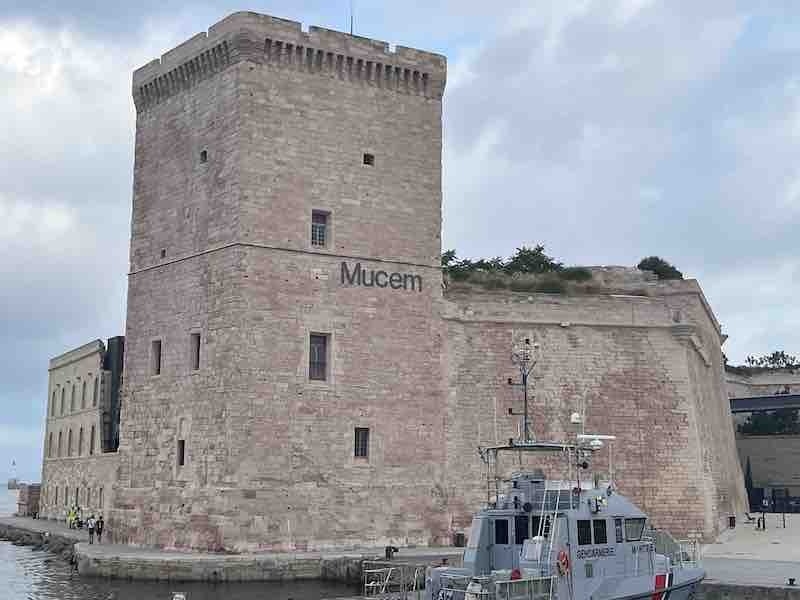
Museums on a mega scale
Back in the city on the agenda were the two statement museums that dominate the revamped waterfront to the north of the Vieux Port. MuCEM (Museum of European and Mediterranean Civilisations) is a legacy of Marseille’s tenure as European City of Culture nigh on a decade ago.
Spread over three sites including the 12th century Fort Saint-Jean at the entrance to the port, the bulk of the near one million exhibits are to be found in the striking new building (think "concrete lace mantilla") on the former harbour breakwater.
Now it has a neighbour, open just a few weeks, the Cosquer Méditerranée, occupying the former modernist cultural centre, the Villa Méditerranée. Some 24 million euros have been spent on creating a replica of the Caves de Cosquer, perhaps the most remarkable prehistoric find in recent decades. It’s a kind of "underwater Lascaux".

In 1985 along the nearby Calanque coast a diver, Henry Cosquer lit upon an underground grotto once home to more than 500 works of prehistoric art. To reach it he had to follow 400ft of narrow tunnel 120ft below the sea’s surface.
As that sea inexorably submerges the 30,000-year-old site only around 150 carvings remain, including 19,000-year-old depictions of animals including bison, ibex, seals, and even a bird that’s a penguin/great auk cross.
These and many more hand stencils and carvings have been replicated virtually based on 3D archaeological data. The painstaking methods involving lasers, polystyrene and resin are explained in a recent article in The Observer.
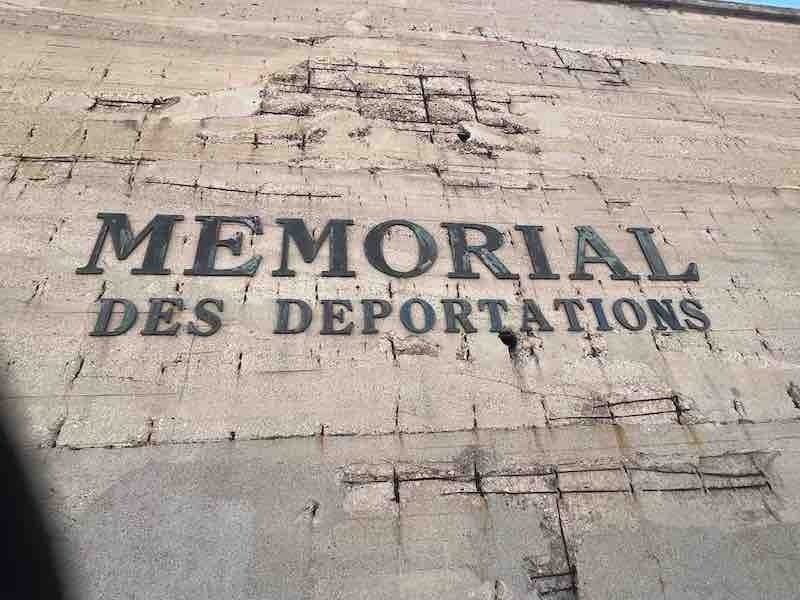

We took the 35-minute journey through the Caves in theme park style waltzers with a headphone commentary. It will doubtless prove hugely popular - pre-history as spectacle, but I was more moved by a modest museum in a former Südwall blockhouse below Fort Saint-Jean. The Memorial des Deportations was inaugurated in 1995, the 50th anniversary of the liberation of the death camps.
Particularly hated by the Nazis, Marseille contributed more than its fair share of victims, especially after 1943 when the Jewish population was rounded up with the collaboration of French authorities.
Filmed testimonies from survivors and accounts of resistance heroes are at the core of the museum. The "purification" of the population culminated in the wholesale bombing of districts, including Le Panier, the city’s oldest, dubbed by the Gestapo, the "Kasbah Marseillaise".
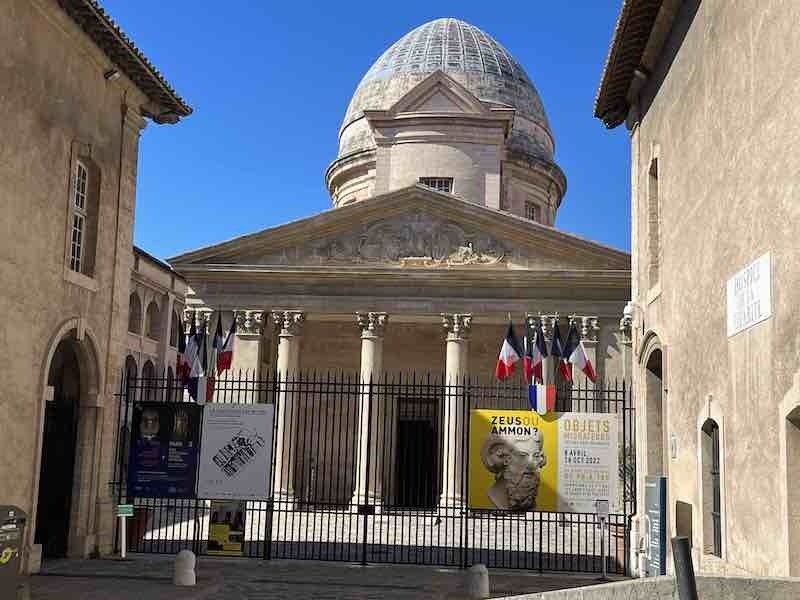

Quartier Le Panier
Today, playing the flaneur around the picturesque, reconstructed streets, it’s hard to conjure up the erstwhile squalor of this ghetto for refugees from across the world. It is fitting then to discover a current exhibition, Objets Migrateurs, tracing discussing issues of migrations across the Mediterranean from Odysseus and Aeneas to the asylum seekers of today.
It is hosted by Le Panier’s most striking edifice, the baroque former almshouse and beggars’ refuge turned cultural centre, La Vieille-Charité. It was built between 1671 and 1749 and was saved from demolition and classified as a Historical Monument in 1951 by that man again, Le Corbusier. A domed chapel sits in the middle of the quadrangle but is the three floors of arcaded galleries that are home to centuries’ worth of Mediterranean artefacts.
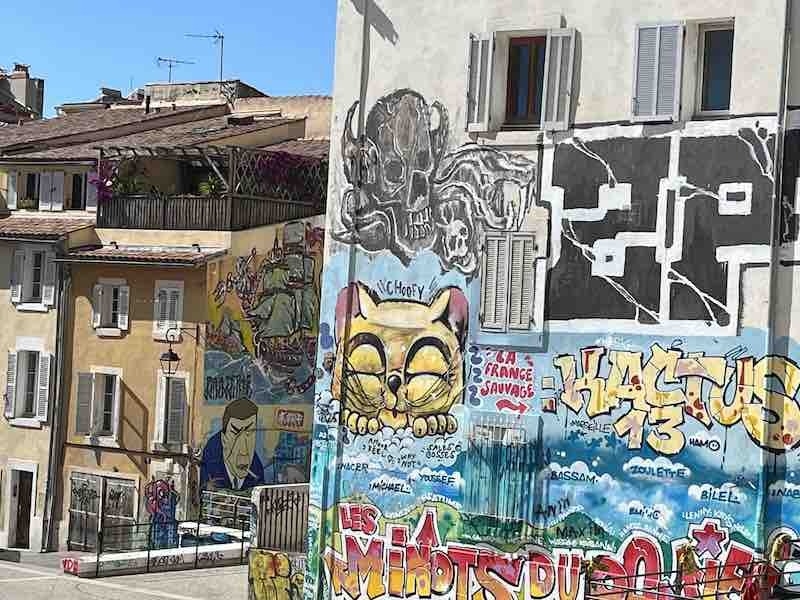
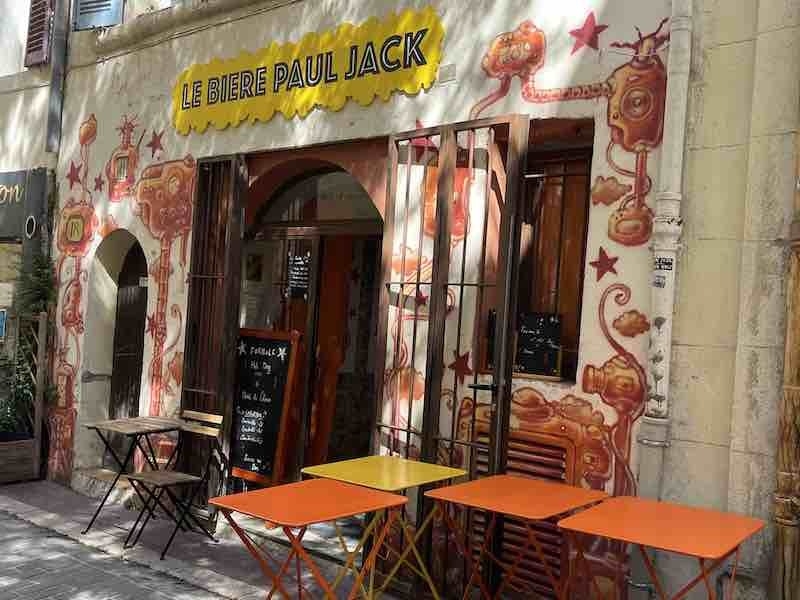
Less formal is the rest of multicultural Le Panier with its maze of flower-draped alleyways and bursts of street art colour. On the Place des 13 Canton the Maison Janot pastis distillery/museum shares an electric blue frontage with La Maison de la Boule, with its own miniature court, celebrating Marseille’s passion for pétanque.
More us was the duo of craft beer outlets up on the pretty Rue due Refuge – Le Bière Paul Jack and Refûtge by La Minotte Expérience, the latter a showcase for owner Pierre Saral’s design projects alongside his equally stylish takes on IPA and stout.

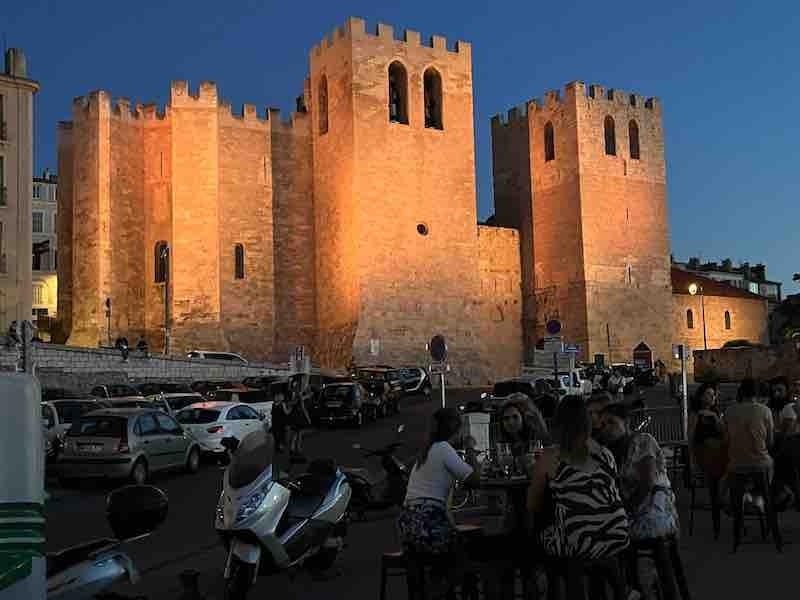
Saint-Victor
On the opposite hill from Le Panier, overlooking the entrance to the Vieux Port, this certainly felt like the happening place in the city right now. Traditionally the magnet here has been the Abbey of Saint-Victor. Founded in the fifth century to house the remains of that eponymous martyr and fortified in the Middle Ages, it was abandoned during the French Revolution but later restored. Inside is a remarkable collection of crypts, chapels, and sarcophagi.
Every year at Candlemas (2 February) it’s the destination of a religious procession from the Vieux Port. The resident Black Virgin is dressed in a green mantle and blessed by the archbishop before mass.
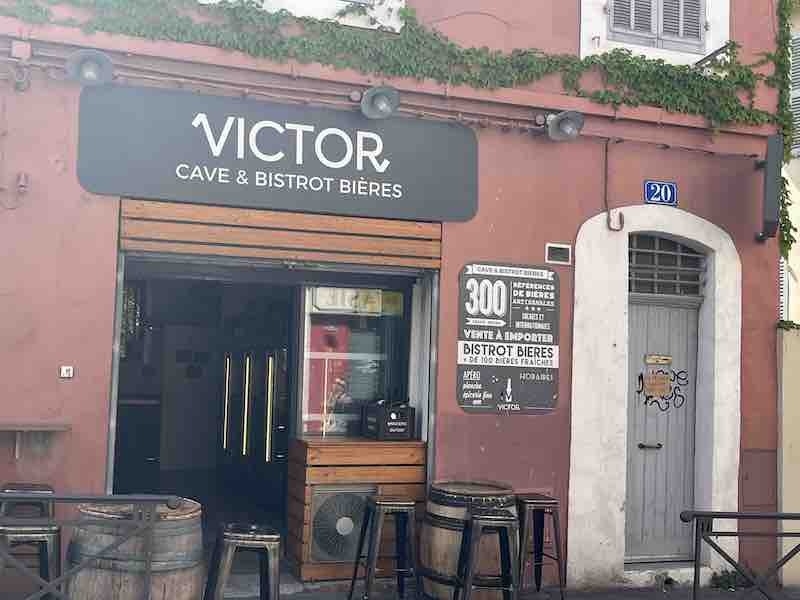
His next stop is the nearby Four de Navettes bakery with its 18th century oven, where he blesses the little boat-shaped biscuits called navettes that are representative of Marseille. A real penance this as they harden after cooling, the only saving grace the hint of orange blossom water. I do, though, like another local speciality, panisse, a savoury pancake made from chickpea flour.
After dark when the Abbey is lit up Saint-Victor and its extension, Endoume are a great place for a bar crawl. The Abbaye has the advantage of a terrace, with great views, while La Relève offers tapas and natural wines. Our favourite, though was Victor, Cave et Bistrot Bières with over 300 craft beers. The perfect place to toast one of the world’s great cities.
Factfile
Neil flew from Manchester to Marseille with Ryanair.
He stayed at the Hôtel Maison St Louis Vieux Port, 2 Rue des Récolettes, 13001.
For full information on the city visit the Marseille Tourisme website.
The Marseille City Pass, including public transport, costs from 17€ for 24 hours.
Read next: 'The perfect hue of fish finger orange' - The Jane Eyre, Ancoats, reviewed
Read again: Aix-en-Provence: 'Inhale the presence of genius'
Get the latest news to your inbox
Get the latest food & drink news and exclusive offers by email by signing up to our mailing list. This is one of the ways that Confidentials remains free to our readers and by signing up you help support our high quality, impartial and knowledgable writers. Thank you!
















